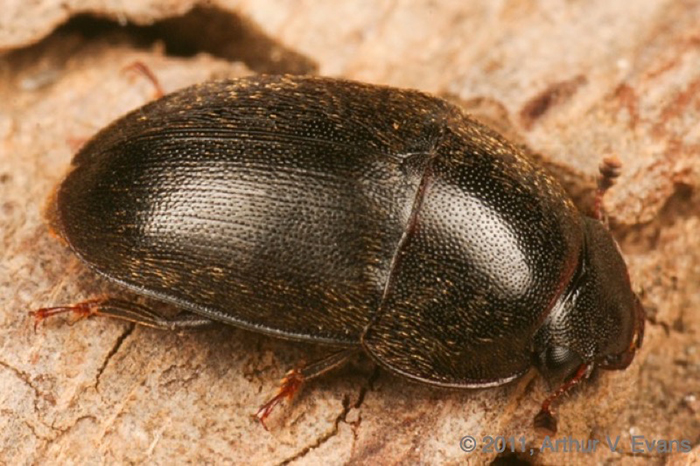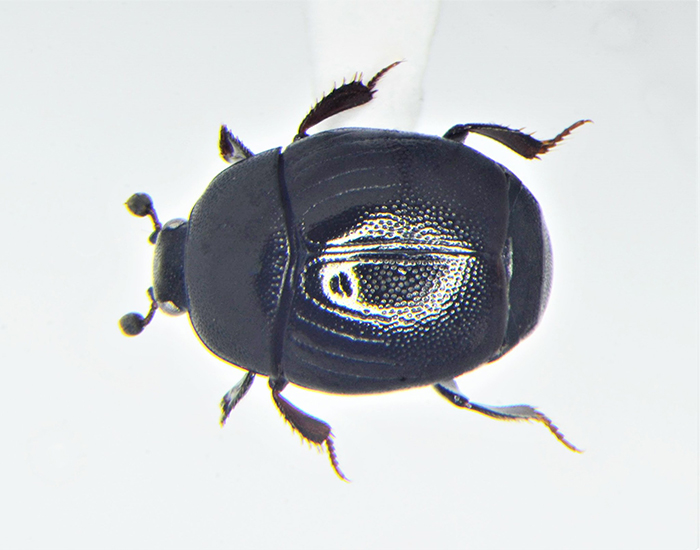FODM-Funded Study Identified New Beetle Species
The late Dr. Edmund O. Wilson wrote that “the diversity of life forms, so numerous that we have yet to identify most of them, is the greatest wonder of this planet.”
A 2023 FODM-funded study of three beetle families of George Washington Memorial Parkway (GWMP) properties is a testament to the pursuit of that wonder.
The study identified 38 species of nitidulid (sap-feeding) beetles, of which 26 had never been documented in Virginia; confirmed 67 tenebrionid (darkling) beetle species, twelve of which were new Virginia records; and 23 histerid (clown) beetles.
Partnering with the National Park Service, FODM awarded a grant to Dr. Donald Chandler, a University of New Hampshire researcher, who identified the beetles, working with Brent Steury, Natural Resources Program Manager of the GWMP.
 |
| Darkling beetle (Mycetochara fraterna) Photo by Léo-Guy de Repentigny, 2019 |
Darkling beetles: This family is mainly active at dusk or night. Some live on fungi thriving on fallen dead trees. Another group burrows through leaf litter and soil and eats dry plant matter, seeds and living roots. The larvae, aptly nicknamed "wireworms" for their slender bodies, play a crucial role in decomposition, transforming dead plant matter back into fertile soil.
 |
| Sap-feeding beetle (Cryptarcha ampla) Photo by A.V. Evans, 2011 |
Sap-feeding beetles: These beetles have a variety of forms, ranging from shades of brown and black to the vibrantly patterned and metallically-shining Glischrochilus. They have flattened bodies and prominent "clubbed" antennae so they can navigate tight spaces while searching for meals, which include pollen, seeds, fungi and even carrion.
 |
| Clown beetle (Geomysaprinus moniliatus) Photo by Ludo Leclerc, 2020 |
Clown beetles: Clown beetles prey on maggots, fly pupae and other small insects drawn to carrion and dung. They are adept burrowers because they have short, powerful legs and shovel-like forelegs equipped with digging tibiae. They are helpful in forensic investigations, aiding investigators in estimating time of death by devouring other carrion insects. Clown beetles play a vital role in nature's grand recycling process.
These insects, like others, decompose animal and plant matter, recycle nutrients and provide other ecological services that help our natural resources survive.
Dr. Chandler and Mr. Steury published their findings in two journals: the Maryland Entomologist and Banisteria, a publication dedicated to Virginia's natural history. The latter article is here: https://virginianaturalhistorysociety.com/wp-content/uploads/sites/28/2023/09/Banisteria_57_Chandler-Steury_Nitidulidae_GWMPDC.pdf.

 Friends of Dyke Marsh, Inc. is a non-profit 501(c)(3) organization.
Friends of Dyke Marsh, Inc. is a non-profit 501(c)(3) organization.